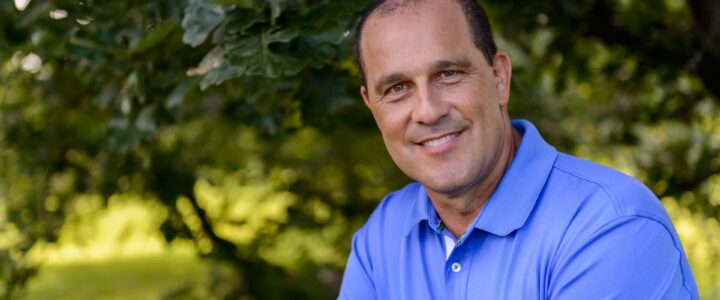Multifaceted Leadership: From Painting to Pastoral Work
Keith Zafren stands as a beacon of leadership, offering both vision and direction in numerous spheres of life. With 40 rich years spanning across the painting industry to church leadership, Keith’s versatility is truly commendable.
Deep Dive into Keith’s Professional Achievements
Beyond his painting endeavors at My Three Sons Professional Painting and the previously co-founded Good and Better Painting Company, Keith’s spiritual guidance has also found a home at The River Church Community in San José. Additionally, his transformative role in the Prison Entrepreneurship Program in Houston, Texas, showcases his commitment to societal betterment.
Embracing Change: A Personal Tale of Separation
Navigating the waters of separation and ensuring the emotional well-being of his three sons became Keith’s personal challenge. The aftermath of his divorce wasn’t just about managing his emotions but ensuring his children felt loved and secure.
Reaffirming Bonds with Children Post-Divorce The strength of the bond between Keith and his sons never waned despite the separation. In fact, their mutual affection grew, laying a foundation for robust relationships.
The Essential Conversations for Divorced Dads Post-divorce communication becomes crucial, and Keith shares five invaluable pieces of advice for divorced fathers:
- “Nothing is off limits.” – Encourage open communication.
- “It’s been a while since we talked about this.” – Regularly check in on their feelings.
- “It hurts me, too.” – Express your own emotions and vulnerabilities.
- “It’s not your fault.” – Reiterate that children are not to blame.
- “Everything is going to be okay.” – Offer assurance and positivity.
Becoming a Beacon for Other Dads
Keith’s Endeavors to Guide Fathers: Apart from personal experiences, Keith has channeled his insights into The Great Dads Project. His award-winning book, “How to Be a Great Dad—No Matter What Kind of Father You Had,” is a testament to his dedication to fatherhood.
The Message and Mission of The Great Dads Project: Keith has spent nearly two decades perfecting the art of fatherhood, and through The Great Dads Project, he coaches fathers to foster fantastic relationships with their children, ensuring mistakes of past generations aren’t repeated.
Conclusion
Keith Zafren’s journey from a business leader to a guiding light for fathers post-divorce exemplifies resilience and dedication. His experiences, both personal and professional, resonate with many, making him an inspirational figure for dads worldwide.
FAQs
- Who is Keith Zafren? Keith Zafren is a business leader, pastor, author, and founder of The Great Dads Project.
- What is The Great Dads Project about? It’s an initiative to coach fathers on building strong, positive relationships with their children.
- How has Keith’s personal experience influenced his work with fathers? Keith’s personal journey through divorce and his efforts to maintain strong bonds with his sons has heavily influenced his coaching methods and advice.
- What is the key message Keith wishes to convey to divorced dads? Open communication, affirmation, and reassurance are vital in maintaining strong relationships with children post-divorce.
- Where can one access Keith’s resources and coaching? More information can be found on The Great Dads Project website.
